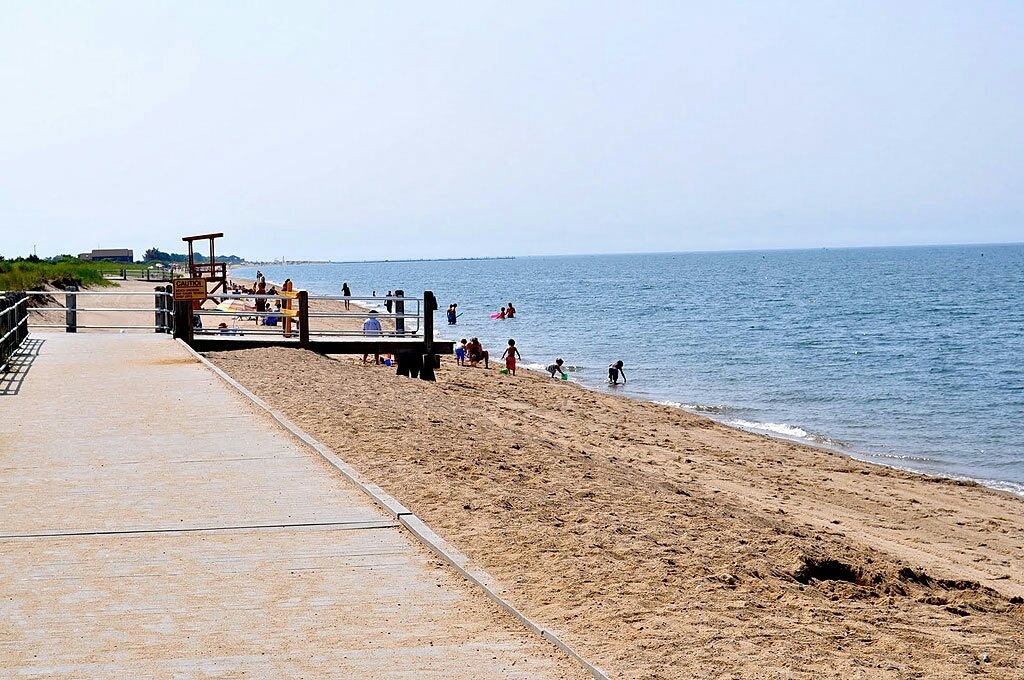Man's Leg Amputated After Contracting Flesh-Eating Bacteria At State Park
NEW BRITAIN, Conn. (CBS Local) -- A Connecticut man who contracted flesh-eating bacteria after swimming at a state park had to have his leg amputated, according to his family. Bruce Kagan, 68, said he went swimming at Hammonasset Beach State Park on the Long Island Sound back in late June with a cut on his right leg caused by a shopping cart at work.
"It's all because of a little cut. It's all it was, a little cut. Nothing more, nothing less," Kagan told WVIT.
Within days, the New Britain man said he became delirious and could barely walk. His leg had turned black and was bleeding as he was rushed to the hospital on June 30.
"My life changed within one moment saying 'yeah, it's going to be okay.' Next moment, 'we don't know if you're going to be okay,'" Kagan said.
 A Connecticut man who contracted flesh-eating bacteria after swimming at Hammonasset Beach State Park had to have his leg amputated, according to his family. (Credit: Hammonasset Beach State Park)
A Connecticut man who contracted flesh-eating bacteria after swimming at Hammonasset Beach State Park had to have his leg amputated, according to his family. (Credit: Hammonasset Beach State Park)
Doctors performed several surgeries to stop the spread of the bacteria, known as necrotizing fasciitis, but finally decided on Aug. 1 they had to amputate his leg above the knee in order to save his life.
Kagan says his family is keeping his spirits up despite the emotional, physical and financial toll of his condition.
"All I can say is that I am by far one of the luckiest men in the whole world, by far," Kagan said. "I don't know how I made it, but I did."
Medical experts say while it's relatively rare, the bacteria can get into open wounds from ocean water. Symptoms include redness, fever and increasing pain at the sight of a wound.
Those with compromised immune systems and the elderly are urged to wait until skin injuries have healed before going into hot tubs, swimming pools and natural bodies of water.



